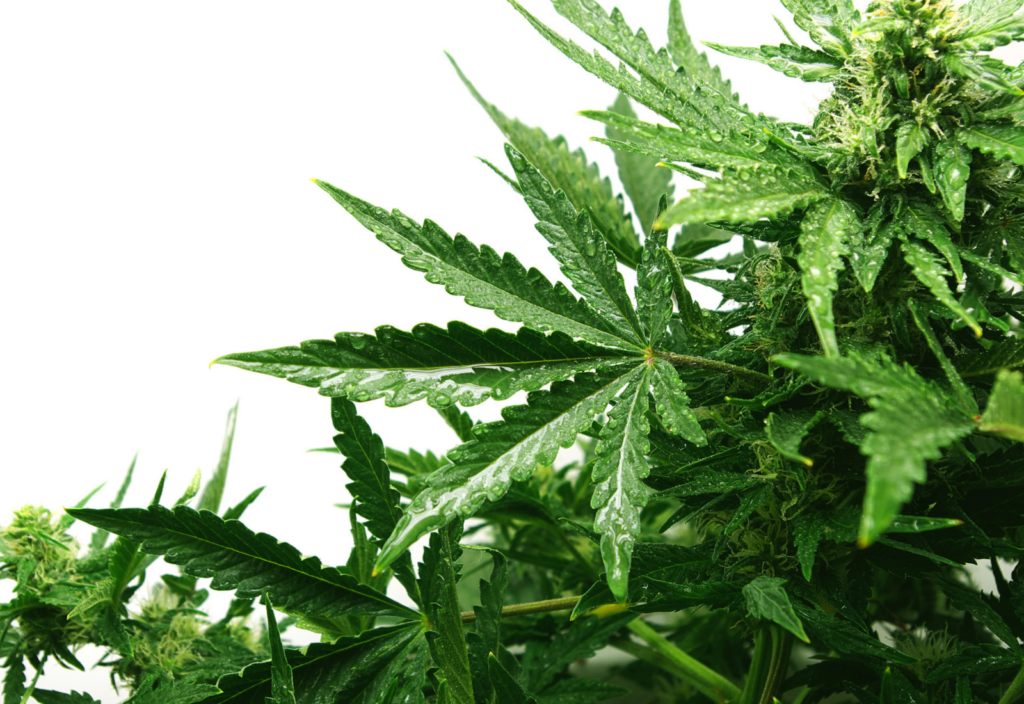
29 Jan New York’s Proposed Cannabinoid Hemp Regulations

New York’s proposed cannabinoid hemp regulations are a big deal for the State’s 700 or so hemp farmers, and the greater cannabis industry. This post will explain how we got here, what the regulations provide, and what happens next.
How New York arrived at the proposed cannabinoid hemp regulations
For the past two months, the New York Cannabis Control Board (the “CCB”) and the Office of Cannabis Management (the “OCM”) have been busy implementing the State’s Cannabinoid Hemp Program (the “Program”). If you read this blog, you may recall that under the Marijuana Regulation and Taxation Act (the “MRTA”), the CCB is tasked with implementing cannabis regulations (adult-use program and cannabinoid hemp program) whereas the OCM is to administer these regulations.
In October 2021, the OCM took over the Program, which was originally overseen by the Department of Health (the “DOH”).
On November 3, 2021, the CCB adopted the temporary regulations released by the DOH in July 2021.
Then, on December 16, 2021, the CCB filed amendments to these regulations that “are intended to create new value-added opportunities for farmers and empower New Yorkers to make informed choices in the CBD marketplace.”
The four main changes in the proposed cannabinoid hemp regulations
1. The Establishment of a new license category for “Cannabinoid Hemp Farm Processors.”
This new type of license would allow the cultivation of up to 1,000 pounds of dried hemp annually from which the licensee could manufacture flower products. If adopted on their current form, the regulations would exempt applicants from showing Good Manufacturing Practices (GMP) would be used in the manufacturing of flower product and from adopting GMP standards for the manufacture of these products.
2. The addition of a new definition for “craft” cannabinoid hemp products.
The term “craft” means “a cannabinoid hemp product manufactured from hemp grown by a licensed hemp grower who grows less than 1,000 pounds of dried hemp annually and the hemp is hand trimmed, hang dried and if a cannabinoid hemp flower product hand packaged.”
3. An increase of the acceptable THC concentration of intermediary hemp extract.
If this proposed regulation were adopted, licensed cannabinoid hemp processors would be permitted to possess and sell intermediary hemp extract that contains up to 5% THC – the current THC limit is currently capped at 3%.
4. Revisions to the Labeling and Packaging Requirements.
The proposed changes include:
-
- Removing the labeling requirement that the font size of information in the supplement or nutritional fact panel be larger than other information on the product label.
- Changing the per serving milligram (mg) cap for dietary supplement products from 75 mg to 100 mg.
- Allowing out-of-state manufacturers to omit the label warning that the product may cause a consumer to fail a drug test if the product is manufactured using isolate or broad-spectrum hemp extract.
- Removing the requirement that cannabinoid hemp products be shelf stable.
Effects of New York’s proposed cannabinoid hemp regulations
So what do these proposed regulations mean for companies currently manufacturing and selling their cannabinoid hemp products in New York? First and foremost, these companies should continue to ensure compliance with the existing rules, which include specific manufacturing, testing, labeling and packaging requirements. Second, they should keep an eye on the rulemaking process, where permanent rules will ultimately issue. And third, if hemp companies take issue with any of the proposed regulations, these stakeholders should take advantage of the public comment period. During that time, stakeholders will be allowed to convey their concerns with the CCB and attempt to influence their final version.


Sorry, the comment form is closed at this time.